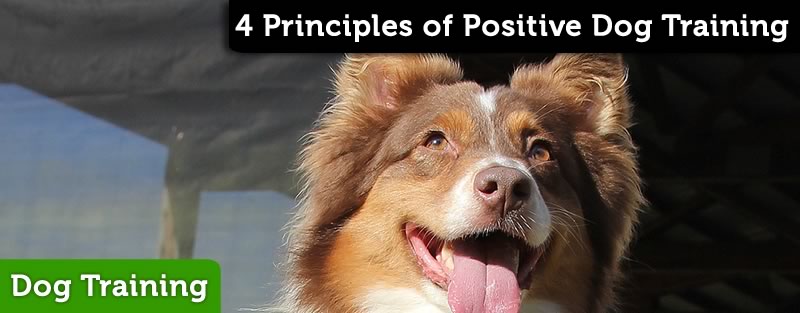
Four Principles of Positive Training
These are standard Positive Training principles with a little Pawsitive Vybe flavor added to them – and the mindmap is just really cool. It’s a work in progress and a tool I’m using to organize my thoughts. I thought I’d share…
Criteria
Understanding CriteriaCriteria is a key concept of dog training. Criteria is what exactly the handler is looking for out of the dog at any given time as a metric for success. Criteria is the... More for success before we go out and try to achieve succes is vital to said success. That should be a no brainer. But speaking for myself, I know that I often go out and train without a clear set of criteria. If we go out and train without a plan, the key is to get our criteria set quickly. Essentially freeshaping our session. Get an idea of what you are looking for then grab it. Set that criteria quickly and get to work.
Many trainers want to raise their criteria far too quickly. As if it’s a race to get to the prize, the finished behavior. It’s not. There is no time in dog training. Usually he longer it takes to learn something the better it is learned. At Pawsitive Vybe, we call that a ‘Long Learn’. ShapingShaping is a learning technique where successive approximation and a Positive Marker are used to teach behaviors and communicate concepts. Successive approximation essentially means continually closer to the target behavior. So Shaping is... More and freeshaping really promote the Long Learn. A Long Learn allows the subject to gather tons of information on and around the behavior, making it far easier to ramp up the performance of the skill and to generalize it later. We should not rush the raising of criteria.
A related idea here is the difference between Learning and Proofing. Many trainers try to proof behaviors before they are learned. So they often wind up giving the dog a hard time for poor performance during the early learning phases. This is terribly counter productive. The dog senses and experiences failure and the handler gets frustrated. That’s not a good learning environment. We need to take our time and let our dog learn how to do things before we try to proof them or put them on cue.
Markers
As positive dog trainers, we use markers all the time. Some of us use them differently than others and there’s all kinds of nuance available to us.
The timing of a mark is extremely important. Marks happen at the exact moment the behavior is being performed. Recently I realized that marking just a hair early tends to communicate action. Instead of marking the moment that the dog touches the spot Spot is a “go to a place”, or “go to a mat” behavior. This means that the dog seeks out and performs a duration behavior on a spot of the handler’s choosing. A... More with their paw, we mark just before that happens and we wind up marking the action of reaching for the spot. It’s totally natural.
Spot is a “go to a place”, or “go to a mat” behavior. This means that the dog seeks out and performs a duration behavior on a spot of the handler’s choosing. A... More with their paw, we mark just before that happens and we wind up marking the action of reaching for the spot. It’s totally natural.
If we wait a moment after the paw touches the spot, then we’ve communicated duration. It’s been a fascinating concept to play around with and I’ll try to give it more coverage at a later time.
The tone of a mark is also quite important. True clicker trainers love the idea that the click is absolute consistency and has no variation it is absent emotion. It simply is. This is both an advantage and a disadvantage. Sometimes we want to communicate a bit more than simply, “That is correct, here is a cookie.” Sometimes we want to get more intensity or less intensity, more exitement or less excitement, calm or excited. A click can do this, surely, but it’s liable to take great observational and shaping skills by the handler.
If we mark with a high or excited tone we’ll get action and energy and if we mark with a low or lazy tone we’ll get a reduction in energy.
As far as the kinds of markers go, there are several kinds of markers that we use here at Pawsitive Vybe:
- Clicker
- Vocal
- Finger Point
- Ambient
A clicker and vocal marker should be pretty self explanatory (We use yes for our verbal marker.), but the finger point and Ambient marks might be a little strange.
A finger point is used to silently mark our dog, a task that is extremely important when working with a half dozen to a dozen dogs at a time. A verbal mark or a click and we’re liable to have our pack roiling around in front of us like a school of carp. The silent mark allows us to isolate a dog and tell them they’re right without starting a stampede to the cookie dispenser.
A finger point also forces the dogs to watch the handler. They can’t get the mark unless they’re giving us attention. HUGE concept there.
Ambient marks are also very important, although they are often outside of the handler’s control. An ambient mark is something that unintentionally marks the behavior. Whether it’s the handler saying,”ooh! there it is again…”, “Uh-Oh!”, “Be nice… easy…” (one of my favorites). Another one, for the single or 2 dog handler, is “He” and “She”. The dog usually knows when you are talking about them, and using He and She are too easy for the dog to read. If our dog is being nasty and mention it as it’s going down,”She’s so bad…,” rest assured, she heard that and it marked the behavior. We create movie star names for our dogs so we can discuss them without giving them an ambient mark. Harpyr has been Bruce Lee for a while now because he’s got mindblowing kung fu. Ryder has been Brad Pitt, but he’s getting a bit older now, so he’s now Sean Connery.
These ambient marks are all over the place and they give the dogs clues as to what’s really going on. If we are not paying attention to these ambient marks or don’t know they exist, we will have a hard time managing behavior.
Reward for Position
The dog goes where the reward happens. Knowing this, we can very easily manipulate our dog’s position by simple reward placement.
We can communicate movement, placement and also create behavioral shortcuts through good reward placement. Check out the ‘Outline’ of the mind map or download xmind and the map above to read a quick hit on these concepts.
Rate of Reinforcement (CPM)
We need to have a high rate of reinforcement for the learning phase of training. Conventional wisdom says that we’re looking for about 15-30 cookies per minute (CPM CPM means cookies per minute. It is a fun expression for rate of reinforcement, a very important dog training concept. CPM should be between 15 to 30 CPM when learning or adding value... More) for rapid and effective learning. That’s a cookie every 2-4 seconds. It’s a cacophony of success. The dog can’t fail if he’s succeeding every 2-4 seconds.
CPM means cookies per minute. It is a fun expression for rate of reinforcement, a very important dog training concept. CPM should be between 15 to 30 CPM when learning or adding value... More) for rapid and effective learning. That’s a cookie every 2-4 seconds. It’s a cacophony of success. The dog can’t fail if he’s succeeding every 2-4 seconds.
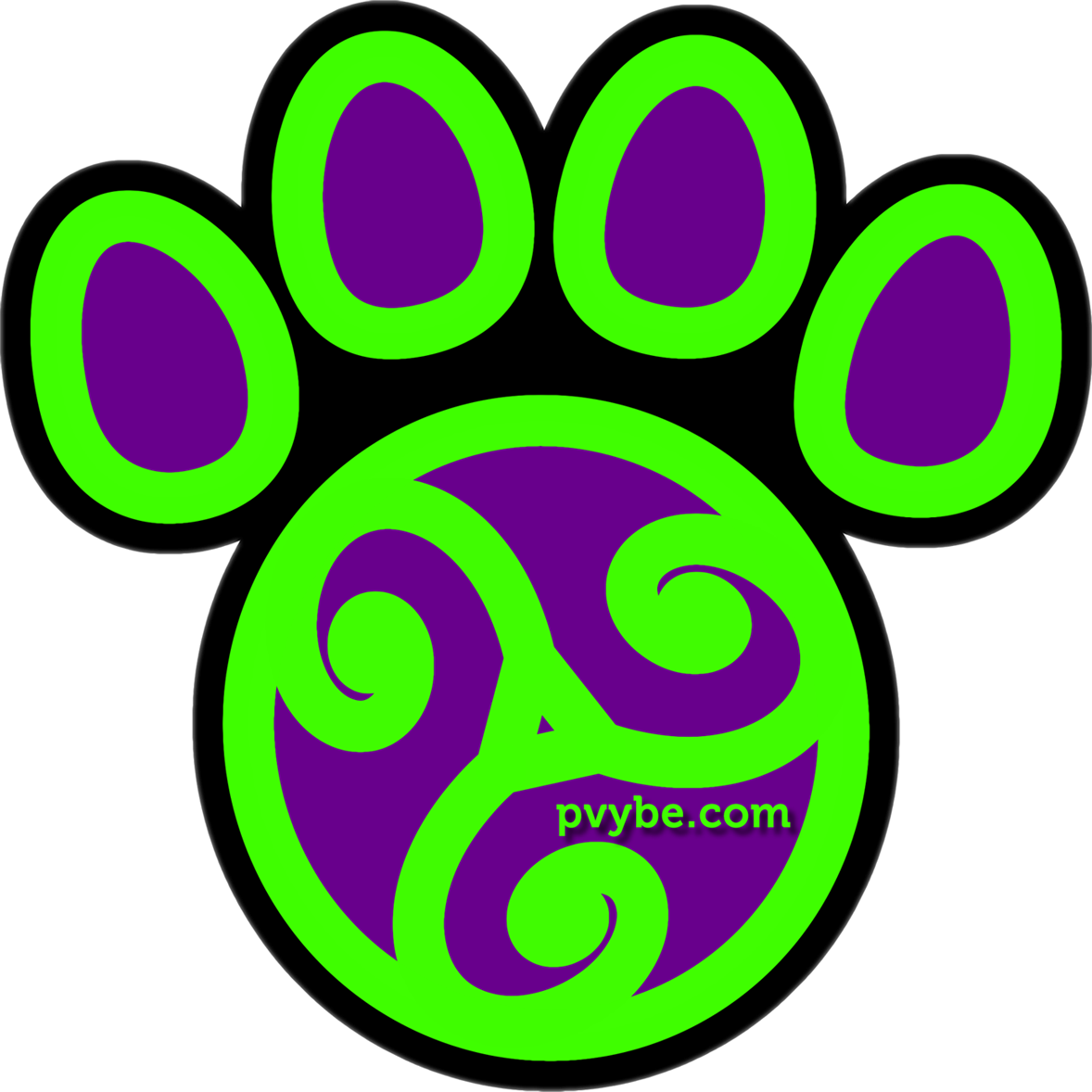


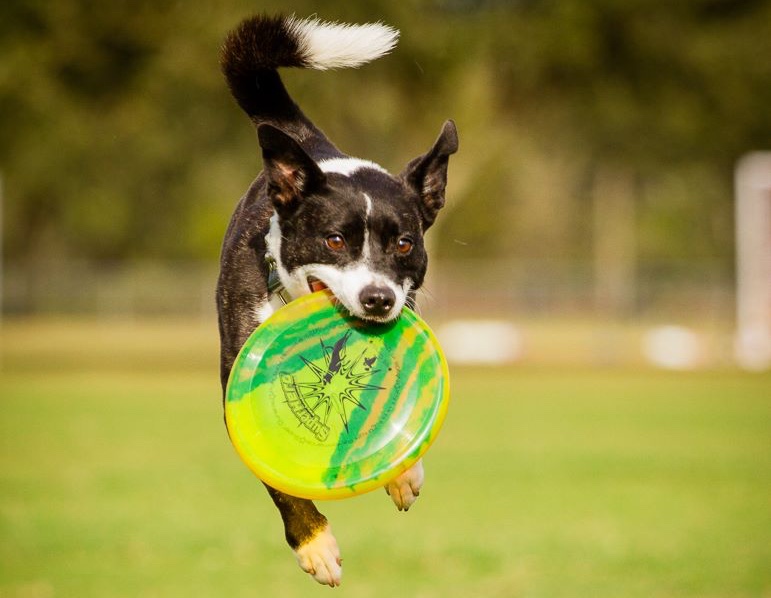

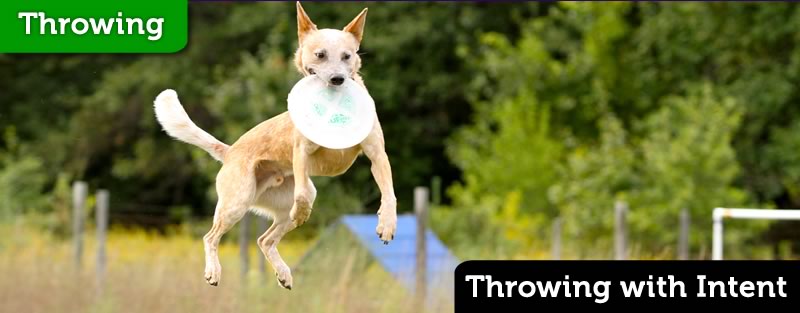
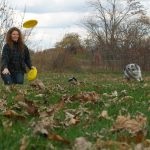

Found it! and the others, more meat here then the two pager I worked on….thanks!
Right on Mary!